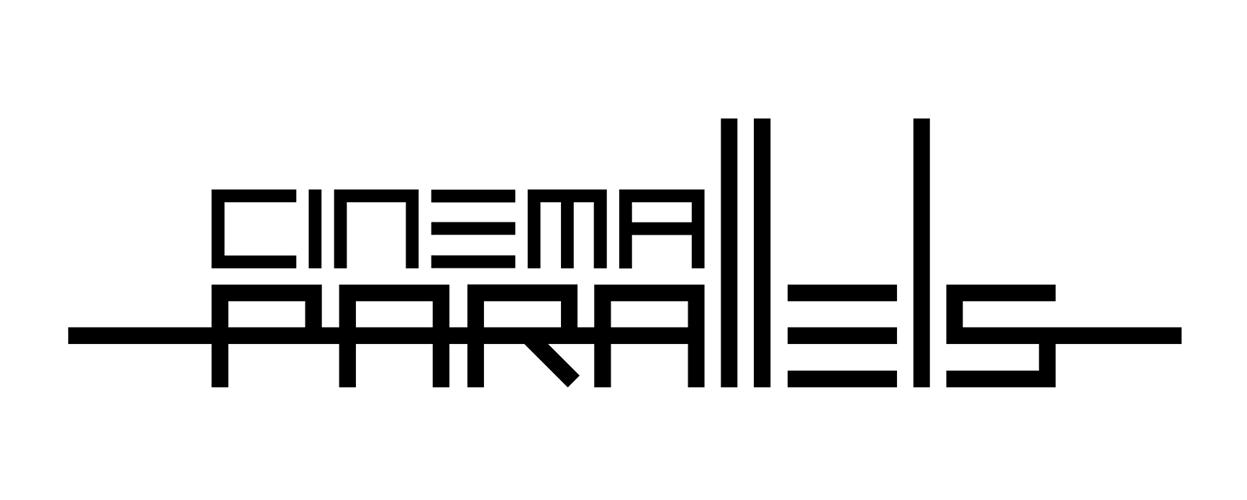5 Types of Essays You May Not Have Even Considered
In his classic treatise, The Art of article writing, printed in 1844, Charles Lamb was able to…
In his classic treatise, The Art of article writing, printed in 1844, Charles Lamb was able to describe three distinct kinds of composition –an interesting essay, a literary essay, and an essay that will’stand the test of time.’ Although he did not exhaust the possibilities of the essay, he presented three broad kinds that stay the basic classes for this day. Essays are, generally speaking, a a i essay writer composed piece that deliver the writer’s argument, but the exact definition is quite vague, spanning a lot of newspaper, a novel, an article, pamphlet, and a short story. Essays normally have traditionally always been considered casual and formal.
There are two broad classifications of documents –descriptive and narrative. Narrative essays concern themselves with telling a narrative or recording events. A narrative essay may tell how some online essay review servicething occurred; it may be a history of some type or a epic. A story essay normally contains at least one descriptive passage, and sometimes more. A descriptive article normally deals with descriptions of things instead of reporting on them. It’s not uncommon for a descriptive article to tell more than one story at a time, thus weaving a tale of varied components into a coherent picture.
Textual analysis essays combine the first two kinds of essay–narrative and descriptive–to form a thorough overall analysis of some part of either the author’s experience or the subject matter of this writing. Textual analysis essays often contain statements regarding resources, drawings, charts, illustrations, or photographs. Most essays contain a minumum of one text citation–a quoting passing or paraphrase that names the particular source. In all, there are normally about five citations per essay.
To complete a narrative essay, the author must write at least two paragraphs that explain how and why the event occurred. Narratives of these types usually end with a statement of the outcome or conclusion (if the composition is of a vital character ). The same is true for descriptive essays: that the end sentences of each have to write clearly enough so the reader can comprehend the thesis of this article.
Argumentative essays present several types of argument. They start with a thesis statement, which may be a commonly held opinion or a private conjecture. After presenting the thesis, the debate continues with four supporting arguments, each supported by at least one piece of evidence. Each of these arguments is presented in a different paragraph. These essays should further provide at least two examples of this evidence, even though more are typically demanded.
The third most frequent type of essay–that the analytical essay–utilizes a variety of different kinds of evidence to support its main thesis or subject. This kind of essay often starts with a question and uses several kinds of evidence to answer it. The several types of proof are categorized under several headings. Included in these are the most frequent types of evidence, such as research, literary and scientific evidence; common and experimental procedures of investigation; and the most common outcomes, like generalizations.
The fourth most common type of article –that the expository essay–uses a particular body of knowledge so as to encourage its principal thesis statement. In cases like this, all signs used is derived from scientific, historic, literary or other similar areas. A good expository essay consistently begins with some kind of introduction. The main types of information expounded in expository essays incorporate primary sources (such as primary books, primary quotes and main statements by notable people, etc.), secondary sources (such as main documents of historic, literary or scientific significance, etc.), primary quotes (for instance, famous quotes by famous people), secondary sources (such as primary documents of historical or scientific significance), interpretation of texts (for instance, interpretation of ancient texts written hundreds or thousands of years ago) and, ultimately, generalizations or aggregates.
The fifth most common type of essay–that the persuasive composition –uses the argumentative type of essay writing. As its name suggests, this type of essay depends on the strength of its own arguments to support its claim. This kind of essay can either encourage a particular policy (e.g., gun control), present a situation (e.g., the government’s poverty applications don’t work), create an argument (e.g., the USA has among the largest per capita budgets for gun control on earth ), or perhaps make an observation (e.g., people have a inclination to treat animals with tender attention ). Proponents of any one policy may make use of such essays to attempt and sway the public. Opponents may use them and others to prove their point.
